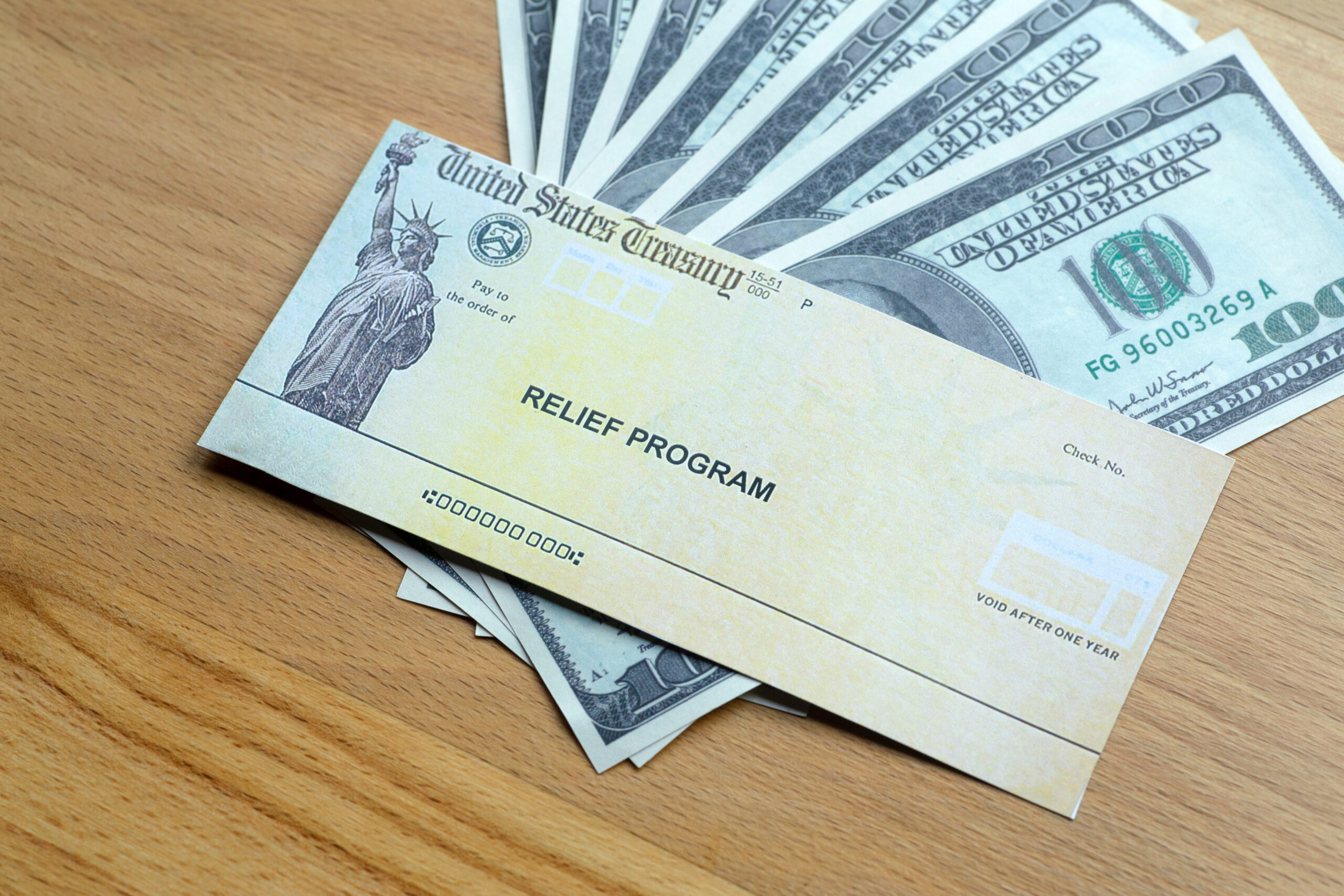
Phase IV COVID-19 Relief Bill Passed
December 22, 2020
Last night, both the House and the Senate approved a massive legislative package comprised of a $900 billion COVID-19 relief bill, annual government funding for the remainder of the fiscal year, and a host of miscellaneous provisions. President Trump is expected to sign it promptly. The law addressed a much-debated issue of the deductibility of business expenses paid for with PPP loan money. Clarifying what Congress claimed was its original intent, the law provides that eligible business expenses may be deducted even if paid for with PPP loan funds that are forgiven. The law reverses earlier Treasury Department rulings that determined because the PPP loans are excluded from gross income when forgiven, allowing deductions for business expenses paid for with PPP loans results in a “double-dip.”
Among other things of note, the law provides for the following:
- $284 billion for a “second draw” PPP loan program. Small businesses that have no more than 300 employees and can show they have experienced a 25 percent or greater reduction in gross revenues in 2020 when compared to corresponding quarters in 2019 are eligible for a second round of PPP loans of 2.5 times average monthly payroll costs, up to a maximum of $2 million. The new program maintains the requirement to spend at least 60 percent of the loan on payroll costs to be eligible for full loan forgiveness.
- Additionally, the legislation expands eligible expenses for both the “second draw” program and the original PPP program to include such items as essential preexisting supplier costs, expenditures on worker PPE, and certain operations expenditures.
- For smaller loans under $150,000, Congress directed a simplified loan forgiveness application to be used for both “second draw” loans and original PPP loans.
- As with the original PPP program, Treasury will issue rulemaking fleshing out the new programs on an emergency basis, as ambiguities inevitably arise.
- The legislation also includes an additional $20 billion for SBA’s Economic Injury Disaster Loan (EIDL) program and provides that EIDL loan advances do not have to be deducted from any PPP forgiveness amount. Congress directed SBA to issue rulemaking to make whole borrowers who have received forgiveness under the prior law requiring the advance be deducted.
With the government funded and some emergency aid soon to be on its way, some in Congress have already turned to the next relief package.
For more information on the recently enacted package, please contact Greg Feary, Steve Pletcher, or Prasad Sharma.
News from Scopelitis is intended as a report to our clients and friends on developments affecting the transportation industry. The published material does not constitute an exhaustive legal study and should not be regarded or relied upon as individual legal advice or opinion.

Phase IV COVID-19 Relief Bill Passed
December 22, 2020
Last night, both the House and the Senate approved a massive legislative package comprised of a $900 billion COVID-19 relief bill, annual government funding for the remainder of the fiscal year, and a host of miscellaneous provisions. President Trump is expected to sign it promptly. The law addressed a much-debated issue of the deductibility of business expenses paid for with PPP loan money. Clarifying what Congress claimed was its original intent, the law provides that eligible business expenses may be deducted even if paid for with PPP loan funds that are forgiven. The law reverses earlier Treasury Department rulings that determined because the PPP loans are excluded from gross income when forgiven, allowing deductions for business expenses paid for with PPP loans results in a “double-dip.”
Among other things of note, the law provides for the following:
- $284 billion for a “second draw” PPP loan program. Small businesses that have no more than 300 employees and can show they have experienced a 25 percent or greater reduction in gross revenues in 2020 when compared to corresponding quarters in 2019 are eligible for a second round of PPP loans of 2.5 times average monthly payroll costs, up to a maximum of $2 million. The new program maintains the requirement to spend at least 60 percent of the loan on payroll costs to be eligible for full loan forgiveness.
- Additionally, the legislation expands eligible expenses for both the “second draw” program and the original PPP program to include such items as essential preexisting supplier costs, expenditures on worker PPE, and certain operations expenditures.
- For smaller loans under $150,000, Congress directed a simplified loan forgiveness application to be used for both “second draw” loans and original PPP loans.
- As with the original PPP program, Treasury will issue rulemaking fleshing out the new programs on an emergency basis, as ambiguities inevitably arise.
- The legislation also includes an additional $20 billion for SBA’s Economic Injury Disaster Loan (EIDL) program and provides that EIDL loan advances do not have to be deducted from any PPP forgiveness amount. Congress directed SBA to issue rulemaking to make whole borrowers who have received forgiveness under the prior law requiring the advance be deducted.
With the government funded and some emergency aid soon to be on its way, some in Congress have already turned to the next relief package.
For more information on the recently enacted package, please contact Greg Feary, Steve Pletcher, or Prasad Sharma.
News from Scopelitis is intended as a report to our clients and friends on developments affecting the transportation industry. The published material does not constitute an exhaustive legal study and should not be regarded or relied upon as individual legal advice or opinion.


